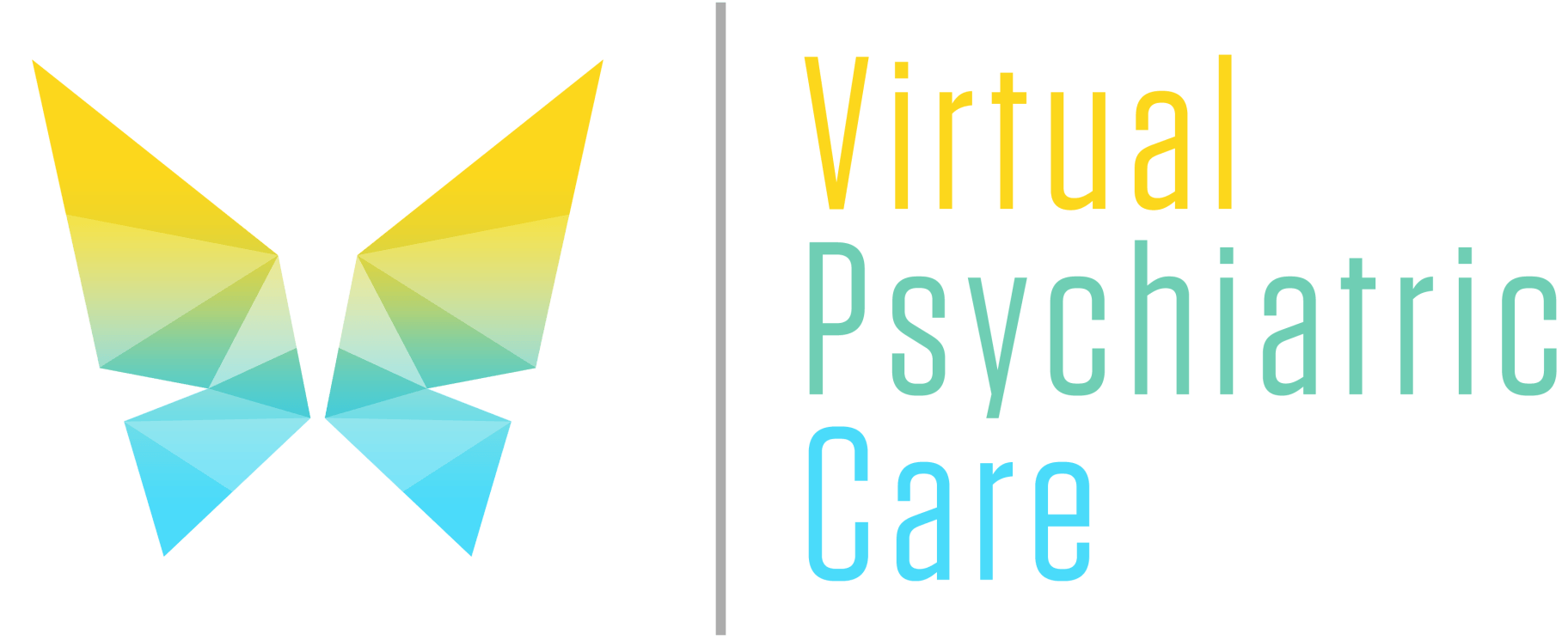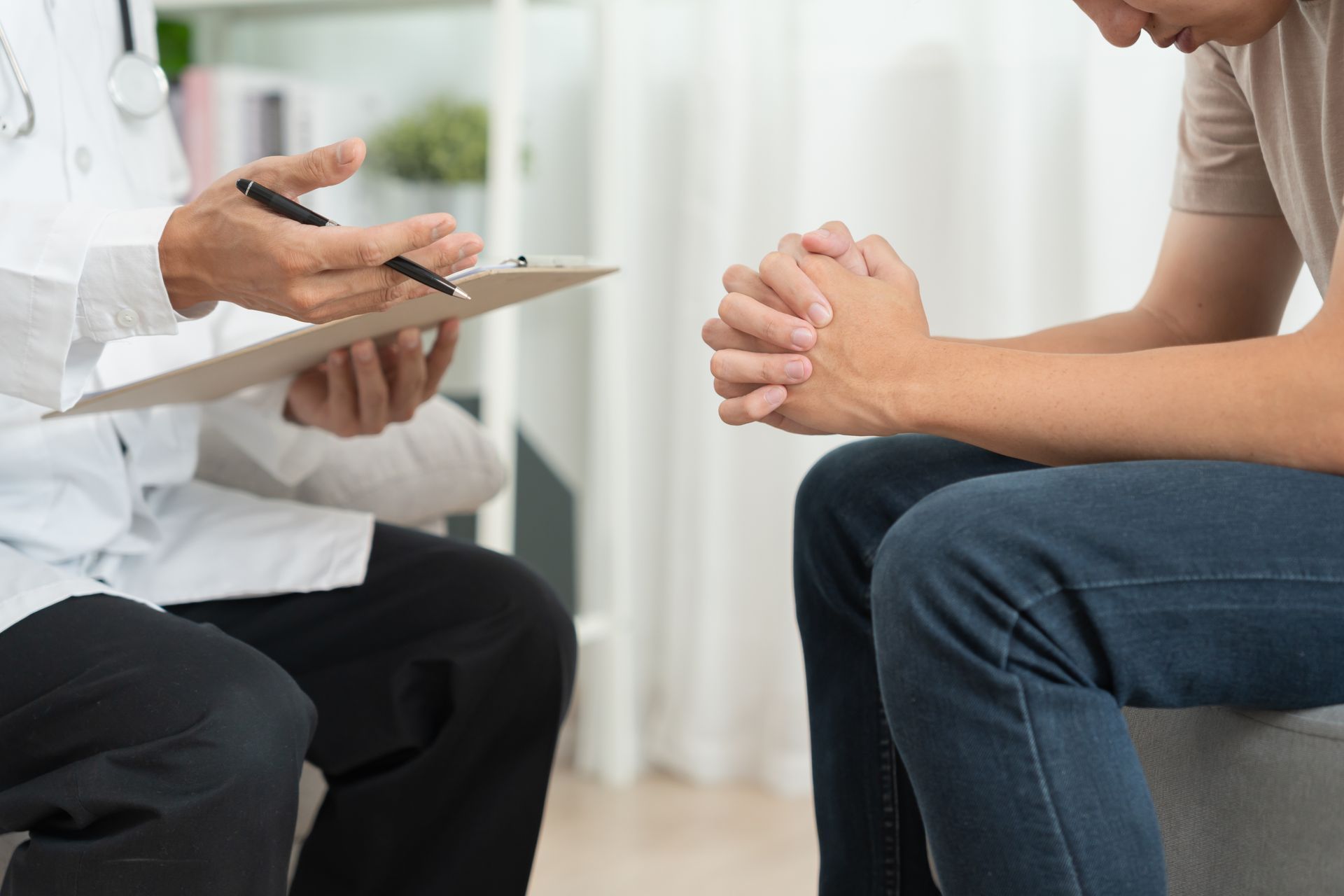Understanding Complex PTSD: Signs, Symptoms, and Support

Complex PTSD is a term that often flies under the radar, yet it affects countless individuals in profound ways. Unlike traditional post-traumatic stress disorder (PTSD), which typically arises from a single traumatic event, Complex PTSD emerges from prolonged or repeated trauma. This can lead to a unique set of challenges and experiences that deserve our attention.
If you've ever felt trapped by emotional distress stemming from abusive relationships, neglectful environments, or chronic situations of fear and instability, you may be dealing with the effects of Complex PTSD. Understanding this condition is crucial for those who suffer from it and their loved ones.
We will delve into the intricacies of Complex PTSD—its signs and symptoms, possible causes, effective treatment options available today—and most importantly how to find the support needed for healing. Let’s embark on this journey together towards understanding and empowerment!
September is Complex PTSD Awareness Month
The National Alliance on Mental Illness (NAMI) has designated the month of September as Complex PTSD Awareness Month. This is a time to raise awareness and understanding about Complex Post-Traumatic Stress Disorder (C-PTSD), a mental health condition that can develop after experiencing repeated or prolonged trauma.
C-PTSD is different from traditional Post-Traumatic Stress Disorder (PTSD), which typically occurs after a single traumatic event. C-PTSD is often the result of ongoing abuse, neglect, or violence, such as childhood abuse and domestic violence. However, anyone can develop C-PTSD after experiencing a traumatic event as childhood abuse, domestic violence, or long-term exposure to war or conflict. It can also develop in individuals who have been in captivity or held hostage.
Symptoms of C-PTSD may include:
1. Flashbacks and nightmares related to the traumatic events
2. Avoidance of triggers that remind the individual of the trauma
3. Difficulty regulating emotions, leading to frequent mood swings
4. Changes in self-perception and beliefs about oneself
5. Hyperarousal and hypervigilance, feeling constantly on edge and easily startled
6. Difficulty with relationships and trust
7. Physical symptoms such as headaches, stomachaches, and fatigue
What is Complex PTSD?
Complex PTSD (C-PTSD) is a mental health condition that arises from prolonged exposure to traumatic experiences. While traditional PTSD often results from a singular event, C-PTSD develops over time through ongoing trauma, such as emotional abuse or living in a war zone.
This type of PTSD typically affects individuals who have faced repeated traumas in their lives, especially during formative years. It can manifest as profound feelings of hopelessness and difficulty regulating emotions.
Those suffering from C-PTSD may also experience challenges with self-perception and relationships. Flashbacks and intrusive memories might be present but are often accompanied by additional symptoms like dissociation or severe anxiety.
Understanding Complex PTSD is essential for recognizing its impact on daily life and the importance of seeking tailored support. The journey towards healing begins with awareness and acknowledgment of this complex condition.
Causes and Triggers of Complex PTSD
Complex PTSD often stems from prolonged exposure to traumatic events. These experiences can include long-term abuse, neglect, or living in a war zone. Unlike traditional PTSD, which may develop after a single incident, Complex PTSD emerges from repeated trauma.
Triggers for this condition are as varied as the individuals who experience it. Everyday situations—like certain sounds or smells—can evoke intense memories of past trauma. The presence of specific people may also reignite feelings of fear or anxiety.
Additionally, environments that feel unsafe can exacerbate symptoms. This includes chaotic households or workplaces where stress is a constant companion. Understanding these causes and triggers is crucial for those affected and their loved ones alike. By identifying them, one can begin the journey toward healing and recovery.
Signs and Symptoms of Complex PTSD
Complex PTSD manifests in various ways, often making it difficult for individuals to recognize their struggles. One of the most common signs is persistent feelings of sadness or hopelessness. This emotional heaviness can feel overwhelming and isolating.
Flashbacks are another hallmark symptom. These vivid recollections can transport someone back to traumatic events, causing intense distress and anxiety. It’s as if they’re reliving those moments all over again.
Difficulties in relationships frequently arise as well. Individuals may find it hard to trust others or maintain healthy boundaries due to past experiences. This might lead to withdrawal from social interactions, further deepening feelings of loneliness.
Physical symptoms shouldn't be overlooked either. Chronic pain, fatigue, or unexplained ailments often accompany emotional suffering, creating a complex web of challenges that can feel insurmountable at times.
How to Seek Help for Complex PTSD
Seeking help for Complex PTSD is a vital step towards healing. It can feel daunting, but knowing where to start makes it easier.
Begin by reaching out to a mental health professional who specializes in trauma-informed care. Therapists with expertise in Complex PTSD can provide tailored support and strategies.
Consider joining support groups or online communities. Connecting with others who understand your experience fosters empathy and validation.
Educate yourself about the condition. Knowledge empowers you to articulate your feelings and needs better during therapy sessions.
Don’t hesitate to involve trusted friends or family members in your journey. Their support can be invaluable as you navigate through difficult emotions.
Remember, seeking help does not mean you're weak; it's an act of courage that shows your commitment to recovery. Your well-being deserves attention and care, so take that important step forward when you’re ready.
Treatment Options for Complex PTSD
Treatment for Complex PTSD often involves a multi-faceted approach tailored to the individual's needs. Psychotherapy stands out as a primary option. Therapies like Eye Movement Desensitization and Reprocessing (EMDR) can help process traumatic memories.
Cognitive Behavioral Therapy (CBT) is another effective method, focusing on reshaping negative thought patterns. This creates space for healthier coping strategies and emotional responses.
Medication might also be prescribed to alleviate symptoms such as anxiety or depression. Antidepressants or anti-anxiety medications can provide relief while therapy addresses deeper issues.
Support groups offer an invaluable resource too. Connecting with others who share similar experiences fosters understanding and reduces feelings of isolation.
Holistic treatments, including mindfulness practices, yoga, or art therapy, enable individuals to explore their emotions creatively while promoting relaxation and self-awareness. Each treatment path varies; finding what resonates is crucial in the healing journey.
Coping Mechanisms for Managing Complex PTSD
Coping with Complex PTSD can feel overwhelming, but there are various strategies that can help. Mindfulness practices, such as meditation and deep breathing exercises, offer a way to ground oneself in the present moment. These techniques often reduce anxiety.
Journaling is another powerful tool. Writing down thoughts and feelings provides an outlet for processing emotions. It also helps track triggers over time.
Physical activity plays a crucial role too. Engaging in regular exercise releases endorphins, which can significantly improve mood. Whether it’s a brisk walk or yoga, movement nurtures both body and mind.
Building a support network is vital. Connecting with friends or joining support groups creates a sense of belonging and understanding.
Creative expression through art or music allows individuals to communicate their experiences non-verbally. This form of release can be incredibly healing and offers new ways to interpret feelings without words.
Support and Resources for Individuals with Complex PTSD
Finding support is crucial for individuals navigating the complexities of PTSD. Connecting with a therapist who specializes in trauma can provide a safe space to explore feelings.
Support groups, both online and in-person, offer shared experiences that foster understanding and community. Hearing others' stories can be validating and comforting.
Virtual Psychiatric Care is a great option.
Many organizations provide resources like hotlines, literature, and workshops focused on recovery strategies. These tools empower individuals to manage their symptoms effectively.
Online platforms also host forums where people can seek advice or share coping mechanisms. This virtual camaraderie helps mitigate feelings of isolation.
Self-help books written by experts in trauma can serve as valuable guides through healing journeys. Engaging with these materials allows for personal growth at one's own pace while encouraging resilience against life's challenges.
Complex PTSD and Attachment Issues
Complex PTSD (C-PTSD) and attachment issues often develop from prolonged exposure to trauma, particularly in situations involving emotional, physical, or psychological abuse, neglect, or abandonment. Unlike acute trauma, C-PTSD stems from repeated and sustained trauma, frequently occurring in early childhood or within relationships where the individual feels trapped or powerless. Those with C-PTSD may struggle with emotional regulation, experience chronic feelings of guilt or shame, and have difficulty forming or maintaining healthy relationships due to attachment issues.
These attachment difficulties manifest as either avoidance or anxious behaviors in relationships, stemming from deep-rooted fear of abandonment, betrayal, or rejection. Survivors of complex trauma often find themselves oscillating between wanting intimacy and fearing it, leading to challenges in trust and emotional closeness. Healing from C-PTSD and attachment issues typically involves addressing both the trauma and the emotional wounds, often requiring therapeutic interventions like trauma-focused therapy, EMDR, or attachment-based therapies to help individuals rebuild trust, regain emotional control, and form healthier relationships.
Final Thoughts
Complex PTSD is a challenging and often misunderstood condition. It can stem from prolonged exposure to trauma, leading to deep-seated emotional distress. Recognizing the signs and symptoms is crucial for individuals affected by this disorder and their loved ones.
Seeking help is an important step toward healing. There are various treatment options available that cater to different needs, including therapy tailored specifically for complex PTSD. Finding the right coping mechanisms can also provide relief and help manage daily challenges.
Support systems play a vital role in recovery as well. Connecting with others who understand the experience can foster a sense of belonging and encouragement along the journey.
Understanding Complex PTSD allows us to approach it with compassion—both for ourselves and those around us. Healing takes time, but it's possible with the right resources, support, and determination to move forward towards a healthier future.











